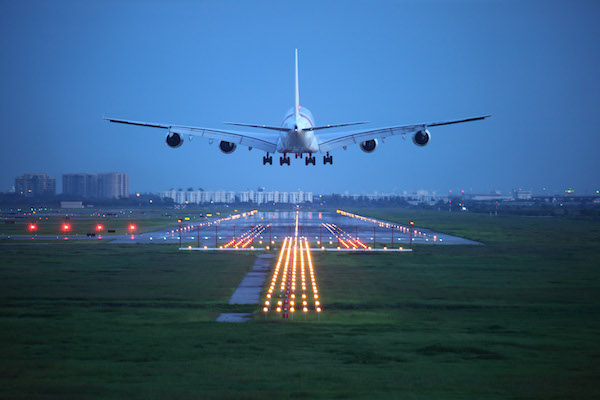An extensive range of optical components provides significant benefits in harsh aerospace, industrial, and military applications because of their high resistance to vibration, shock, temperature, and water ingress. However, the ability of lenses to survive and maintain a high level of picture quality while retaining excellent mechanical movement in harsh conditions necessitates theoretical expertise and physical testing.
For example, users require a lens or optical system to manage the dangers of spaceflight. That requires creating powerful lenses to handle the rigors of travel through intense conditions in outer space.
Lens manufacturers continue to rise to the challenge of space travel by developing new alternatives that are more robust than predecessors. In addition, aviation and aerospace applications in our orbit also require lenses that withstand conditions rarely seen in normal circumstances.
Meeting Unpredictable Needs
These lenses are helpful in industrial processes in-situ or operated on unpredictable terrains. However, manufacturers must put their devices through extensive environmental testing to significantly reduce the chance of failure. Otherwise, an untimely loss of the lens could turn catastrophic.
Versatility Is Crucial
In aviation, many different types of lenses serve varied purposes. For example, a camera lens captures images of aircraft while in flight. A telescope lens gets a closer look at objects that are far away. Finally, some lenses are for binoculars and other types of optical equipment. Each of these lenses has its specific purpose and a design to optimize the experience.
Precision Counts
Harsh conditions require high-precision measurements. Optical systems in aviation and aerospace are reasonably versatile and intricate. For mission components, reliability and robustness come first. Aerial photograph lenses, space lens lenses, and complex, high-resolution lenses for telescopes are typical examples.
Adds Little Weight
Camera lenses are lightweight and do not add too much weight to the aircraft. In addition, the lenses are durable, as they must withstand the harsh conditions they are exposed to while in flight. Those are the two primary attributes for optical lenses that must operate at elevated altitudes. Therefore, they have to weigh little and be tough.
Long Distance Capacity
Telescope lenses magnify objects that are far away. The lenses are also durable, as they must withstand the harsh conditions they are exposed to while in use. Further, they have to have the capacity to take high-quality images at substantial distances. Therefore, telescopic lenses have high manufacturing demands for perfect operation. When mission telescopes fail, researchers miss one-in-a-lifetime opportunities for recording data.
Maximum Precision – High-precision measuring devices are vital in aviation and aerospace. Therefore, it’s critical to ensure that photos taken using special lenses with mirrors and lenses, known as catadioptric systems, for satellite viewing purposes are of high quality.
Wide Spectral Range – The visible spectrum and complete spectral range from UV to infrared are requirements in aviation and aerospace.
Operates In Demanding Conditions – The lenses used in aviation and aerospace face intense exposure to extreme environmental conditions. As a result, reproducible, high-precision image quality measurements over an extensive temperature range are only one of the demands of optical measurement technology.
Mission components cannot fail! Therefore the most excellent care goes into the production of optical lenses.